Assuming a list as below:
Y= [-0.0, -0.0, -0.0, -0.0, -0.0, -0.0, 4.0, 4.0, -0.0, 2.0, -0.0, -0.0, 4.0, -0.0, -0.0, -0.0, -0.0, -0.0, 4.0, 2.0, -0.0, -0.0, -0.0, 4.0, 2.0, 4.0, -0.0, -0.0, -0.0, -0.0, 4.0, -0.0, -0.0, -0.0, -0.0, -0.0, -0.0, -0.0, -0.0, -0.0, -0.0, 4.0, -0.0, -0.0, 2.0, -0.0, -0.0, -0.0, -0.0, -0.0]
How this list could be converted to a matrix for each n number. let's say set n=10, the matrix or array is supposed to look like below:

Cheers,